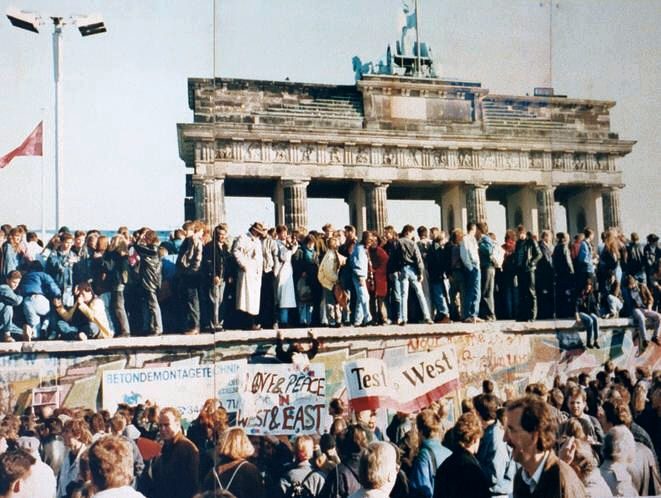
Berlin Wall, November 9, 1989 (Photo: Lear 21, English Wikipedia, CC BY-SA 3.0)
There are some events in history that can really be marked as historical. These events change the things with no return. Strong and tumultuous, that’s how the revolutions have always been. They grow as an idea, develop, attract people and at the end – make the change! This month we mark the culmination of one of them, the fall of the Berlin Wall.
Before the Finale: Heated Situation
No revolution happens overnight. “A different idea” needs to grow, needs to attract followers. People also have to become aware of the necessity of a revolutionary event. It’s similar to boiling water. When you put water in a pot, it isn’t warm. You must wait for it to heat up and then boil. Before the November evening of 1989, everything was boiling in Eastern Europe, but also in other countries with similar regimes. It started in 1986 with student protests in Kazakhstan, continuing with the Polish workers’ mass strike movement in 1988, the mass movement for democratic reforms in Yugoslavia, Hungary, and Czechoslovakia… The wave was strong. People around the world demanded and made changes. The Philippines and later Chile, Ghana, Indonesia, Nicaragua are just some of the examples.
The Fight Intensifies
The year 1989 was, it seems, the right moment for the situation to become more intense. In 1989, a revolutionary wave hit Hungary, East Germany, Bulgaria, Czechoslovakia and Romania.
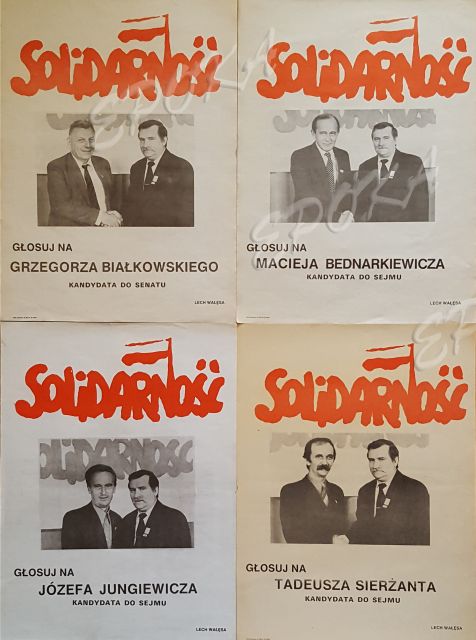
Polish Solidarity became strong enough to face Jaruzelski and accomplish a bicameral legislature. Later that year, the country got the first non-communist Prime Minister since the early years after World War II. After Poland, the next country with a strong anti-communist sentiment was Hungary. In the same year, mass demonstrations forced the regime into negotiations with the strong non-communist political forces.
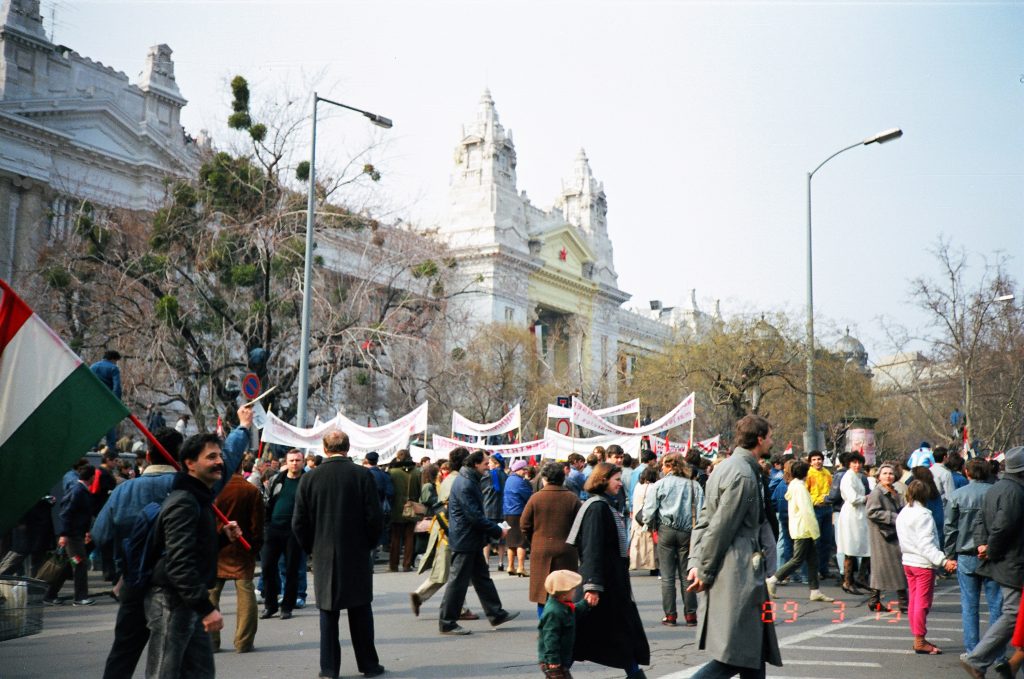
Hungary was a country where first cracks in the Iron Curtain were seen. In May, the same year, this country began to dismantle its 240-kilometer long border fence with Austria. That affected Czechoslovakia and GDR making the flee from these “Republics” easier. This event, together with a Paneuropean Picnic triggered a chain reaction that will finally lead to the November 9 events.
Fiery November Evening: The Wave Hits Hard
Ten, maybe twelve years ago, I was reading a text on some portal and noticed the evening of November 9 is called the ”historical evening.” Completely justified, I’d say. After all, the night of November 9 was the night when a revolutionary wave hit hard on the already weak regime that once promised a lot, primarily to the citizens of Eastern Europe, but also to the other parts of the world. The authorities of GDR weren’t so strong as before. Other countries were also hit by the great wave. GDR opened the border with Czechoslovakia on November 1st and couldn’t stop the mass exodus from the country. The cooperation and strong reaction like it was possible ten, twenty or thirty years before these events wasn’t possible anymore. The Revolutionary wave already hit the communist regimes and weakened the system in general. Even the former Soviet Union didn’t want to meddle anymore.
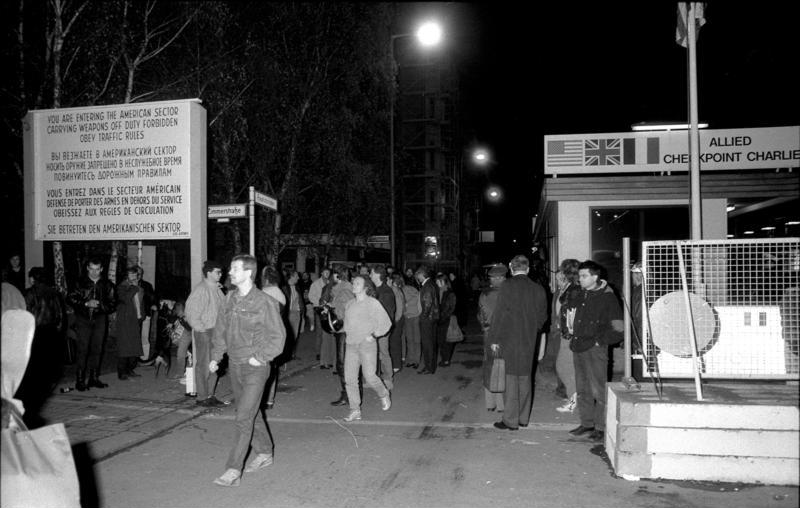
After the protest in Berlin on 4 November, the greatest protest the GDR ever witnessed (half a million people went out on the streets demanding freedom), the GDR authorities couldn’t oppose the public pressure any longer. So, they allowed free passing from East to West Berlin. Encouraged by the words of Günther Schabowski – “immediately and without delay”, the thousands of people took the opportunity, went out with hammers and chisels, and opened new crossing points on the Berlin Wall by force. Parts of the Wall were literally torn down. As in the regimes in Europe and the world. Post- Cold War world was in the making.
After
After the Berlin Wall fell, the Autumn of Nations wasn’t over. It continued in Czechoslovakia with the Velvet Revolution, mass demonstrations in Bulgaria, Romanian Revolution, wars of independence from Yugoslavia, reforms in Albania…
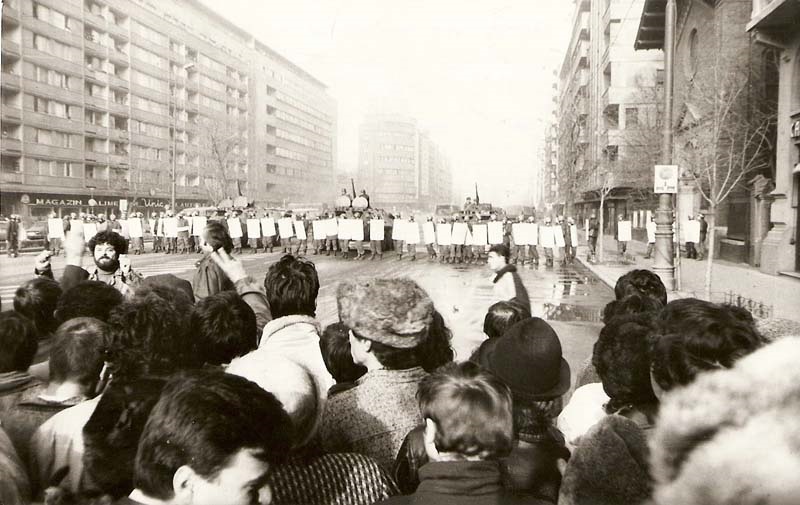
Therefore, the night of November 9 is historical. This anniversary marks the fall of the Berlin Wall, yes. But also asks questions. Motivates thought. Inspires. This event and the events before and after this date are a whole. So, the evening of November 9 definitely deserves the adjective “historical.” It was a part of a chain of events that changed Europe, but also the world forever.
The month was maybe cold, but the evening was fiery.
